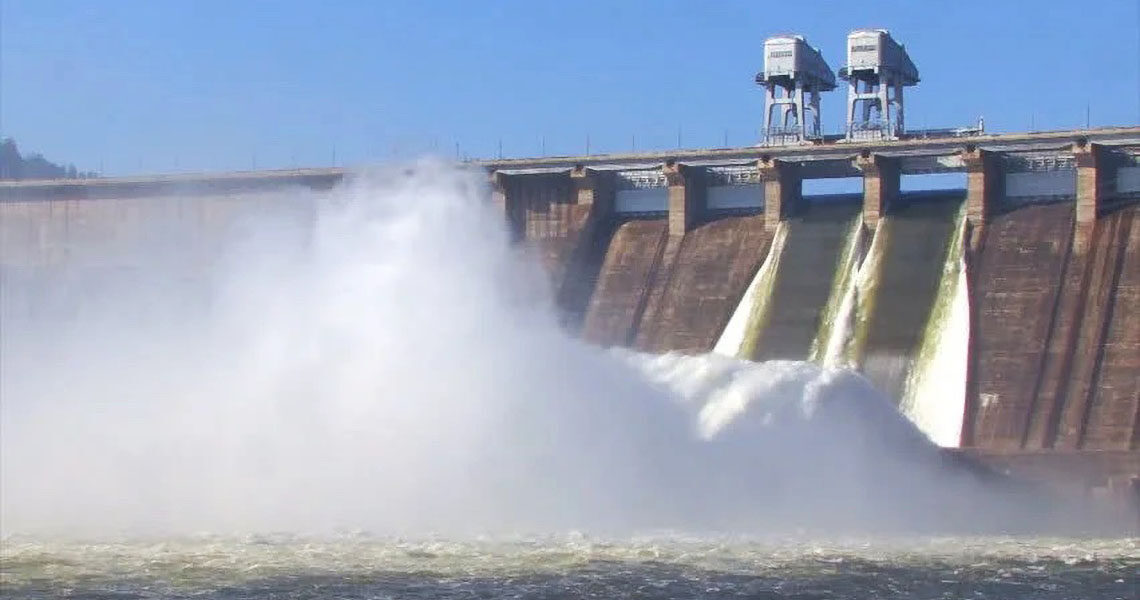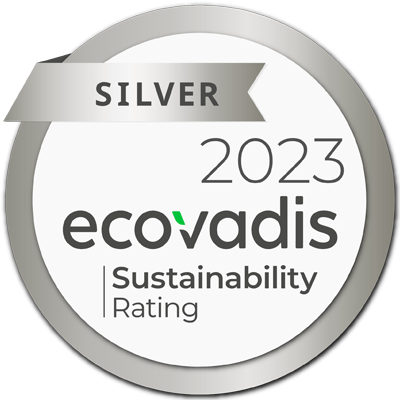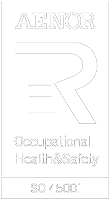Company: Grand Ethiopian Renaissance Dam
Project: EEPCO (Ethiopian Electric Power Corporation) – Ethiopia
Tratos & Salini Costruttori Spa cooperation
Tratos Cavi Spa has been awarded the multi million-pound contract to supply the Grand Ethiopian Renaissance Dam with low and high voltage cable.
The new EEPCO (Ethiopa Electric and Power Corporation) dam, which is due to be completed in 2017, is located on the Nile River in North Western Ethiopia and will be the largest in Africa with the capacity to hold up to 66 billion cubic metres of water and generate15,100 Giga WH per year. It will feature two powerhouses at the foot of the dam, one either side of the river, housing ten and five Turbine Units each.
Tratos was awarded this prestigious contract by Salini Costruttori Spa as a result of the quality of its cable which has to work under high ambient temperatures, its ability to meet the customer’s tight schedule and because of Tratos’ positive environmental record.
The environmental impact of the new dam has been a major consideration for all parties, with Salini employing clean technology and looking for suppliers who are able to demonstrate a genuine commitment to reducing their environmental impact.
Salini Costruttori SpA
Salini Costruttori S.P.A. provides construction services. The Company offers construction and maintenance of hydroelectric plants, dams, roads, motorways, bridges, underground railways, airports, and industrial buildings. Salini Costruttori operates in Italy.
Did you know?
The Grand Ethiopian Renaissance Dam (GERD), formerly known as the Millennium Dam, is under construction in the Benishangul-Gumuz region of Ethiopia, on the Blue Nile River, which is located about 40km east of Sudan. The project is owned by Ethiopian Electric Power Corporation (EEPCO).
Construction of the Grand Renaissance Dam started in April 2011 after the ETB80bn ($4.7bn) engineering, procurement and construction (EPC) contract was awarded to Salini Costruttori.
The Grand Ethiopian Renaissance Dam project is expected to be completed by July 2017. The people and Government of Ethiopia are funding the project, which will not only serve Ethiopia, but Sudan and Egypt as well. The latter two countries depend on the Nile River for their water although 85% of the river flows in Ethiopia.
The dam’s construction is expected to create up to 12,000 jobs. Approximately 20,000 people will be resettled during the course of the project.
The reservoir and dam will offer major benefits to Ethiopia, Egypt and Sudan. Egypt has for a long time held the major ownership of the water from the Nile River and prevented Ethiopia from constructing a dam. Egypt depends on the Nile for 90% of its water needs.
A tripartite committee was formed in January 2012 to promote understanding and look into the benefits and impacts the project would have on the three countries.
Aimed primarily at generating power, with an expected capacity of 6,000MW, the main and saddle dams will also create reservoirs with an impounding capacity of 74 billion cubic metres.
The dam will be capable of handling a flood of 19,370 cubic metres per second, will reduce alluvium in Sudan by 100 million cubic metres and also facilitate irrigation of around 500,000ha of new agricultural lands. It will also reduce approximately 40km of flooding in Sudan, upon its completion.
The regulated flow of water from the Renaissance dam will improve agriculture and the impact from evaporation of water from the dam will be minimal compared with other dams in Ethiopia, which will help in water conservation.
Water evaporation from Aswan High Dam, as well as other dams in Ethiopia, equates to around 19 billion cubic metres. Grand Ethiopian Renaissance Dam will reduce the capacity of the Aswan High Dam, therefore saving about six billion cubic metres of water.
The dam will also serve as a bridge across the Blue Nile, which features a small number of bridges and few pedestrian bridges.
Approximately half of construction work was completed by December 2014. The 700MW first stage of the dam is scheduled was operational by 2015.
Tratos is very pleased to contribute toward achieving Goal 7 of the UN Global Goals to ensure access to affordable, reliable, sustainable and modern energy for all, Goal 9: Industry, Innovation and Infrastructure, Goal 13: Climate Action, GOAL 3: Good Health and Well-being, Goal 14: Life Below Water, and Goal 11: Sustainable Cities and Communities.










